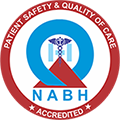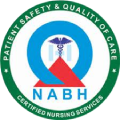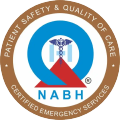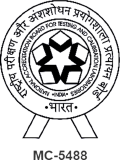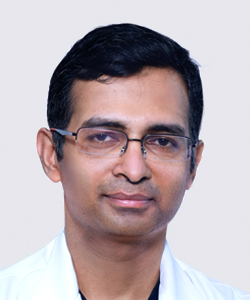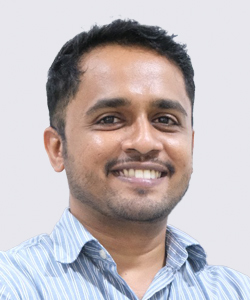What is Endoscopic Submucosal Dissection (ESD)?
It is an organ preserving endoscopic surgery technique
Endoscopic Submucosal Dissection (ESD) is an advanced minimally invasive endoscopic technique used to remove precancerous lesions, tumors, or abnormal growths located with in the wall of esophagus,stomach,small and large intestine using an endoscope without laparoscopic or open surgery.
In this procedure, a thin flexible endoscope with a camera and surgical tools is inserted through the mouth (upper digestive tract) or anus (lower digestive tract) to reach the site of the lesion. The gastroenterologist then carefully removes the lesion by dissecting the submucosal layer, ensuring complete removal with minimal damage to the organ and the surrounding tissues
At Daya General Hospital, Thrissur, our expert Gastroenterology team specializes in ESD, offering patients a safe, precise, and scar-free alternative to surgery.
When is Endoscopic Submucosal Dissection (ESD) Recommended?
ESD is recommended for patients with:
- Early-stage gastrointestinal cancers (esophagus, stomach, or colon)
- Precancerous lesions or polyps that cannot be removed with standard endoscopy
- Large, flat, or complex tumors in the digestive tract
- Patients who want to avoid laparoscopy and open surgery or preserve organ function
By enabling en bloc removal (removing the lesion in one piece), ESD ensures better accuracy in diagnosis, reduced recurrence rates, and improved long-term outcomes.
Benefits of ESD Compared to Conventional Surgery
Choosing ESD over traditional surgery provides multiple benefits:
- Minimally invasive – no large cuts or external scars
- Organ-preserving – removes lesions without removing major parts of the stomach, esophagus, or colon
- Lower complication risks – less bleeding, less infection, faster healing
- Shorter hospital stay – most patients recover within a few days
- Accurate pathology – allows for precise analysis of the removed lesion
- Better quality of life – avoids the need for major surgery in many cases
Life After Endoscopic Submucosal Dissection
Most patients recover quickly after ESD and return to normal activities within a few days. Some may need to follow a soft diet for a short period to allow healing.
Long-term benefits include:
- Complete removal of precancerous or cancerous lesions
- Lower risk of recurrence compared to piecemeal removal methods
- Preserved digestive function and improved quality of life
At Daya General Hospital, our specialists provide personalized follow-up care to ensure safe recovery and ongoing monitoring.
FAQs on Endoscopic Submucosal Dissection (ESD)
1. What is the difference between ESD and regular endoscopy?
Regular endoscopy can remove small polyps, but ESD is designed to remove larger, complex, or early-stage cancerous lesions in one piece for better accuracy.
2. Is ESD painful?
No. ESD is performed under sedation or anesthesia, so patients feel no pain during the procedure. Mild discomfort may occur afterward but usually subsides quickly.
3. How long does the ESD procedure take?
Depending on the size and location of the lesion, ESD may take 1–3 hours.
4. What is the recovery time after ESD?
Most patients can go home within 2–3 days and return to normal activities within a week.
5. Is ESD safe?
Yes. When performed by trained specialists, ESD is safe and effective with a high success rate. Daya General Hospital follows strict safety protocols to minimize risks.
6. Who is an ideal candidate for ESD?
Patients with early-stage cancers, large polyps, or high-risk precancerous lesions in the stomach, colon, or esophagus are ideal candidates.
7. Is Endoscopic Submucosal Dissection available in Thrissur?
Yes. Daya General Hospital, Thrissur, is among the few hospitals in Kerala offering advanced ESD treatment with experienced specialists and modern facilities.
8. What are the chances of recurrence after ESD?
Since ESD removes the lesion in one piece, the recurrence rate is very low compared to conventional removal methods.

